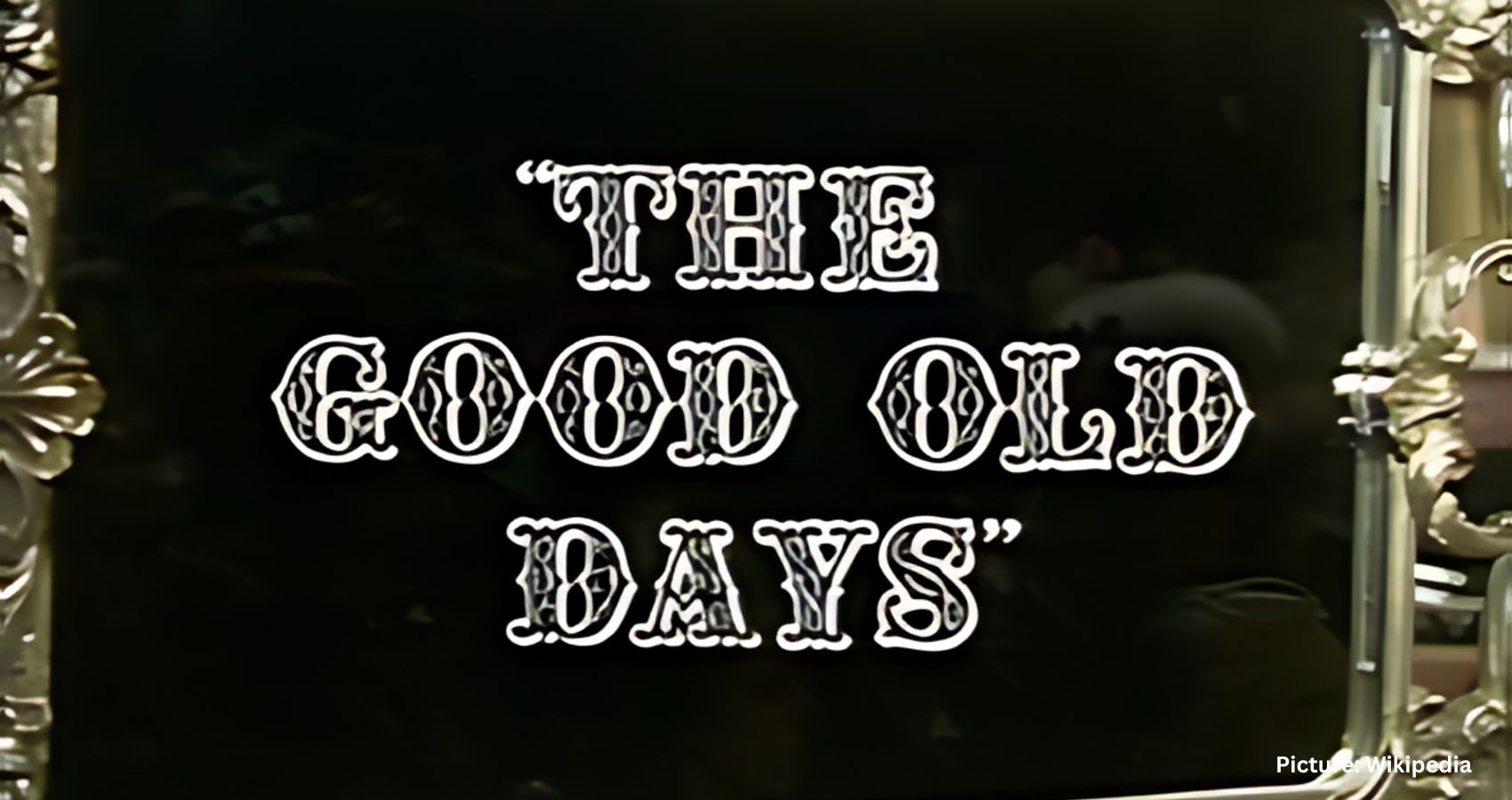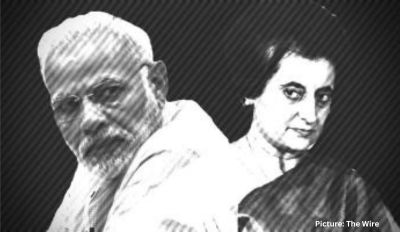YouGov, the survey experts renowned for their adeptness at tackling the intangible, recently polled 2,000 adults on which decade excelled in areas like music, movies, and the economy across 20 measures. Yet, no clear pattern emerged from the results.
Certain trends did stand out, however. White people and Republicans, for instance, were about twice as likely as Black people and Democrats to view the 1950s as the era of the most moral society, happiest families, and closest-knit communities. This disparity likely hinges on whether one recalls that decade for its idyllic “Leave it to Beaver” charm or for its darker moments like the Red Scare and the murder of Emmett Till.
“This was a time when Repubs were pretty much running the show and had reason to be happy,” noted nostalgia researcher Morris Holbrook via email. “Apparently, you could argue that nostalgia is colored by political preferences. Surprise, surprise.” Holbrook’s point underscores that political, racial, or gender divides are overshadowed by generational perspectives in these assessments.
When the data was re-evaluated by examining the gap between each person’s birth year and their ideal decade, a fascinating pattern emerged. This revealed that nostalgia isn’t tied to a specific era but rather to a particular age. The “good old days” are typically the decade when individuals were around 11 years old, an age of innocence and parental omniscience.
The data showed that our nostalgia peaks during specific life stages. For instance, the most tightly-knit communities are remembered from childhood (ages 4 to 7), while the happiest families, most moral societies, and most reliable news reporting are associated with early formative years (ages 8 to 11). The best economy, radio, television, and movies are linked to early teens (ages 12 to 15). As people reach their late teens (ages 16 to 19), nostalgia for music, fashion, and sporting events intensifies, consistent with findings from the University of South Australia’s Ehrenberg-Bass Institute which pinpoint music nostalgia at around age 17.
Interestingly, YouGov also asked about the worst music and economy. Consistently, respondents viewed “right now” as the worst time. Even when historical context suggests otherwise, such as the Great Depression, which had far worse unemployment rates than today’s pandemic-induced lows, the present era is often viewed as the most challenging.
This perception is particularly pronounced among Republicans, who were notably more negative about the current decade compared to Democrats. Joanne Hsu, director of the University of Michigan’s Surveys of Consumers, explained this partisan split. She observed that people whose party is in power generally have more favorable economic sentiments, a gap that has widened over time. During Trump’s presidency, Republicans’ optimism surged while Democrats’ expectations plummeted. This trend flipped with Biden’s inauguration but remains significant.
Hsu and her team explored where Americans get their economic information. They found that Republicans who follow partisan news outlets are more likely to view the economy negatively, although only a fifth of Republicans primarily rely on these sources. Despite this, both Democrats and independents also expressed dissatisfaction with the current decade, though to a lesser extent.
Carl Bialik from YouGov noted that when Americans were asked last year which decade they’d most prefer to live in, the most common answer was “now.” This suggests that while the current era is viewed negatively in specific terms, there is still a preference for contemporary life over past decades.
A deeper understanding emerged during a Zoom call with Australian researchers from the Ehrenberg-Bass Institute, who revisited music nostalgia. Their study asked respondents to rate songs from different decades, revealing a preference for music from their late teens without a corresponding spike in negative ratings for recent music.
Marketing researcher Bill Page pointed out that asking about the “worst” era often elicits a predisposition towards negative thinking rather than genuine opinions. His colleague Zac Anesbury added that surveys can unintentionally measure sentiments like “declinism,” the belief that things are perpetually getting worse. This phenomenon, rooted in rosy retrospection, means that we tend to remember the past more fondly than the present.
Psychological studies by Leigh Thompson and Terence Mitchell have shown that our satisfaction with experiences improves over time. For instance, a trip that seemed disappointing while underway might be remembered fondly once it’s over and the difficulties have faded.
In essence, describing the 2020s as the worst decade ever is akin to lamenting a trip during its roughest moments. Over time, as memories soften and the good moments stand out, the current decade may eventually be looked back on with nostalgia.
So, in a few decades, reflecting on the 2020s through the lens of cherished photos and fond memories, we might find ourselves recalling the good times rather than the challenges. Thus, the 2020s could well become the “good old days” of the future.











